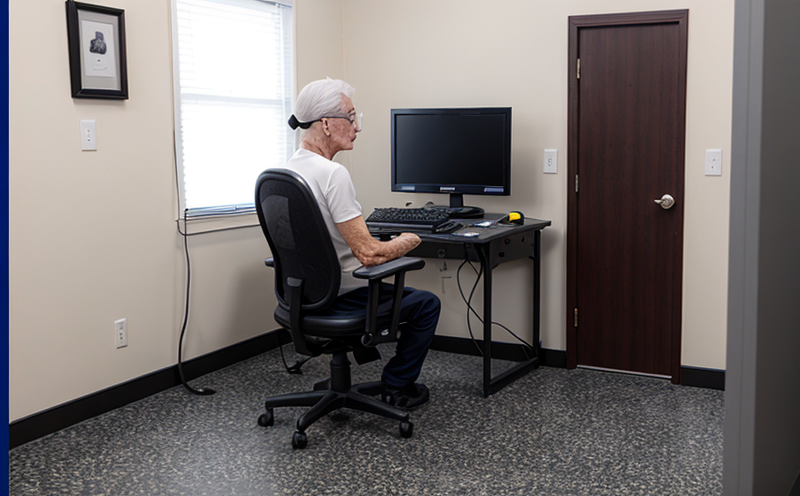ASTM D4157 Oscillatory cylinder abrasion of upholstery fabrics
The ASTM D4157 test method is a standardized procedure used to evaluate the resistance of upholstery fabrics to abrasion through oscillatory cylinder abrasion. This testing technique simulates real-world wear and aging conditions, providing valuable insights into the durability of textiles used in seating applications such as furniture and automotive interiors.
The test apparatus consists of an oscillating cylinder that applies controlled frictional forces against a specimen fabric mounted on a rotating drum. The frequency of rotation can be adjusted to simulate different levels of usage intensity. This method is particularly useful for materials intended for high-traffic areas, where prolonged exposure to repeated contact and pressure might lead to premature wear.
The test apparatus used in ASTM D4157 includes an oscillating cylinder with a specified weight and dimensions. The specimen fabric is positioned on the rotating drum, and the oscillation frequency can be adjusted between 30 and 90 oscillations per minute, depending on the desired simulation of real-world conditions.
The test method specifies that the specimen should be conditioned according to ISO 6502-1:2014 before testing. This conditioning involves exposing the fabric to a controlled environment for a specified period to ensure the material properties are stable and uniform across all samples being tested.
The acceptance criteria for the test involve measuring the weight loss of the specimen after exposure to the oscillatory cylinder abrasion process. The degree of weight loss directly correlates with the fabric's resistance to wear, providing a quantitative measure of durability. A lower percentage of weight loss indicates greater resistance to abrasion.
This testing method is widely used in industries where material longevity and performance are critical, such as furniture manufacturing, automotive interiors, and commercial seating applications. By simulating real-world conditions, ASTM D4157 helps manufacturers optimize their product design and materials selection for durability and reliability.
Applied Standards
| Standard | Description |
|---|---|
| ASTM D4157-18 | This standard specifies the procedure for determining the resistance of upholstery fabrics to abrasion using an oscillatory cylinder. It provides detailed instructions on specimen preparation, apparatus setup, and data analysis. |
Scope and Methodology
The ASTM D4157 test is designed to evaluate the resistance of upholstery fabrics to abrasion under controlled conditions. The method involves subjecting the fabric specimen to oscillatory cylinder abrasion, which simulates real-world wear conditions. This testing process provides a quantitative measure of the fabric's durability and longevity.
- The test apparatus includes an oscillating cylinder with specified dimensions and weight.
- The specimen is mounted on a rotating drum and subjected to controlled frictional forces.
- The frequency of rotation can be adjusted between 30 and 90 oscillations per minute, depending on the desired simulation of real-world conditions.
After testing, the weight loss of the specimen is measured. This parameter serves as a key indicator of the fabric's resistance to abrasion. A lower percentage of weight loss indicates greater durability and better performance under wear stress.
Customer Impact and Satisfaction
- Increased customer satisfaction through durable products that meet or exceed expectations.
- Enhanced reputation for producing high-quality, long-lasting upholstery fabrics.
- Reduction in warranty claims and returns due to premature wear of materials.
- Increased market share by offering superior products that can withstand harsher conditions.





